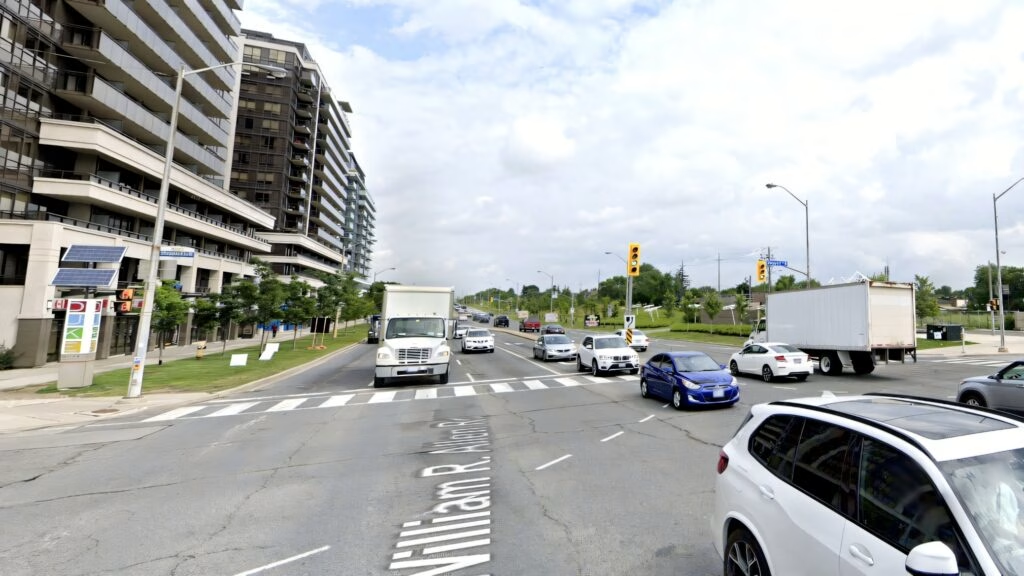Why Are Toronto’s Speed Cameras Facing So Much Backlash?
If you’ve driven through Toronto lately, you’ve probably noticed those squat, grey speed cameras perched at intersections and school zones. What you might not know is just how heated the debate around them has become. Over the past nine months, the city has logged more than 800 incidents of vandalism against these cameras—everything from spray paint to outright destruction. That’s not just a few disgruntled drivers. It’s a full-blown revolt.
So, what’s fueling this wave of resistance? Some say it’s frustration over what they see as an unfair system. Others argue it’s about personal freedom or a lack of trust in how the program is run. But dig a little deeper, and you’ll find a complex mix of politics, public safety, and real-world consequences.
Is This Really Just a “Tax Grab” or Something More?
Ontario Premier Doug Ford hasn’t minced words: he’s called the speed camera program “nothing but a tax grab.” At a recent Toronto Region Board of Trade event, Ford argued that everyday drivers are being unfairly ticketed for going just a few kilometers over the limit. His message? Scrap the cameras, all of them.
Ford’s government says they’re looking for alternative ways to keep roads safe—without what they see as automated cash machines. And they’re not alone. Plenty of drivers feel stung by fines they see as excessive or arbitrary, especially when the infraction is minor. It’s not hard to see why the issue strikes a nerve. For many, it’s less about safety and more about feeling nickel-and-dimed by the city.
But here’s where things get tricky. While Ford’s stance resonates with frustrated drivers, it’s also drawn sharp criticism from road safety advocates who say the focus is all wrong.
Do Speed Cameras Actually Make Streets Safer?
Supporters of the cameras point to a simple fact: they’re not just about revenue—they’re about saving lives. Jess Spieker from Friends and Families for Safe Streets puts it bluntly: “These cameras save lives. People have died where these cameras have been put up, and the people cutting these down are risking other people’s lives.”
And there’s data to back that up. A 2025 study from Toronto Metropolitan University found that speed cameras in school zones cut speeding by 45 percent. That’s not a small number. Lower speeds mean fewer crashes, and when crashes do happen, they’re less likely to be deadly. The World Health Organization has repeatedly highlighted that even a 5 km/h reduction in average speed can result in a 30 percent decrease in fatal crashes.
Still, there’s a catch. While the cameras clearly slow drivers down, the government hasn’t released comprehensive data showing a direct drop in pedestrian injuries and deaths since the cameras went up. That missing piece keeps the debate alive—and gives critics ammunition.
Why Are People Vandalizing the Cameras?
The sheer scale of vandalism—over 800 incidents in less than a year—suggests something deeper than casual annoyance. Some cameras have been hit multiple times, with one knocked out of commission seven times in ten months. Police are actively searching for suspects, but the damage keeps coming.
What’s behind this? Partly, it’s anger at what some see as an overreach. There’s also a sense of futility; if people believe the cameras are just for revenue, they’re less likely to respect them. And let’s be honest—nobody likes getting a ticket in the mail for going a few clicks over the limit.
But here’s the problem: when cameras are destroyed, the city loses a tool that’s proven to slow traffic. That means risk goes up, especially for kids and seniors crossing busy streets. It’s a classic case of unintended consequences.
What Do the Numbers Say About Speed Cameras and Safety?
Let’s cut through the noise. The most credible studies consistently show that speed cameras reduce speeding and, by extension, the risk of serious crashes. For example, a 2022 meta-analysis published in the journal Accident Analysis & Prevention found that automated speed enforcement led to a 17–58 percent reduction in fatal and serious injury crashes across multiple cities worldwide.
Toronto’s own data, while not yet comprehensive on injury rates, does show a marked decrease in average speeds where cameras are installed. In school zones, that’s a big deal. Slower cars mean safer streets, especially for the most vulnerable.
But the program isn’t perfect. Critics point out issues with transparency, inconsistent placement, and the lack of clear communication about how revenue is used. If the city wants buy-in, it needs to address these concerns head-on.
What’s Next for Toronto’s Speed Camera Program?
With Premier Ford threatening to pull the plug and vandals waging a guerrilla campaign, the future of speed cameras in Toronto is anything but certain. City officials and advocates argue that removing them would be a step backward for public safety. Meanwhile, opponents are pushing for reforms—or outright removal.
The real answer probably lies somewhere in the middle. More transparency, better public education, and smarter placement of cameras could go a long way toward building trust. And if the city can show that revenue from fines is reinvested in road safety improvements, that might help shift the conversation.
The big takeaway? Road safety isn’t about perfection—it’s about smarter adjustments. Start with one change this week, and you’ll likely spot the difference by month’s end.

